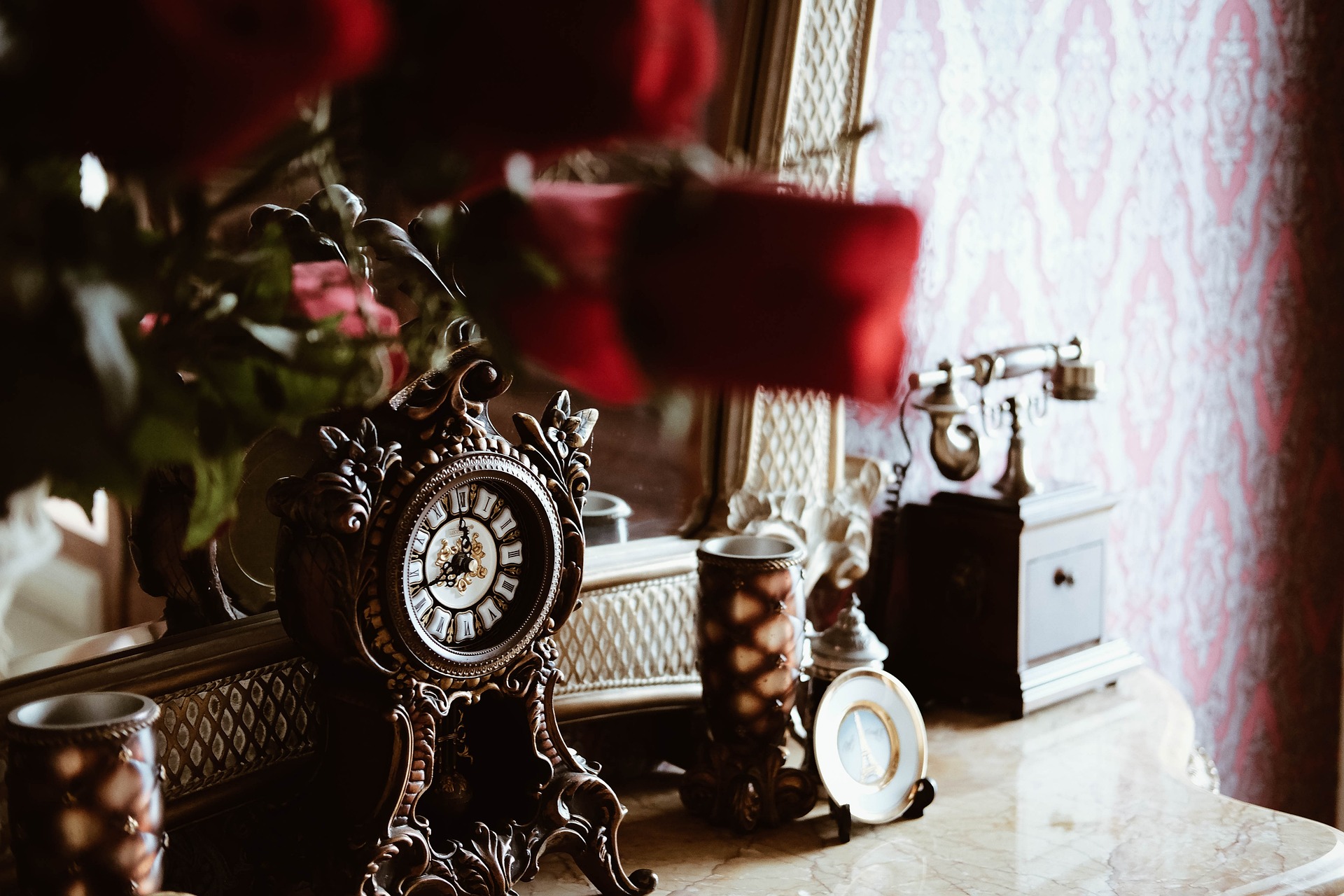"Reviving The Charm of Colonial Architecture in Modern Homes"
Introduction: Colonial architecture, once a significant symbol of America's history, is making a charming comeback in contemporary home design. This resurgence is not just about reviving an old style, but it's incorporating modern aesthetics into a traditional framework. Let's delve into how this classic architectural style is making a mark in the modern world.
The Allure of Colonial Architecture
Colonial architecture, known for its symmetry, grandeur, and elegance, has its roots in the 1600s when European colonizers brought their architectural styles to America. It evolved over time, influenced by various factors such as climate, available materials, and cultural preferences. But its core elements like the symmetrical façade, multi-pane windows, and decorative crown molding remained the same. The charm of colonial architecture lies in its simplicity and elegance, offering a timeless appeal that resonates with many homeowners.
Modern Interpretations of Colonial Design
The resurgence of colonial architecture in modern design is not about replicating the old, but about adapting it to contemporary needs. Today’s designers are skillfully merging the classic elements of colonial architecture with modern aesthetics. For instance, they are keeping the symmetrical exteriors but are experimenting with open floor plans for interiors—a marked departure from the traditional closed-room concept of colonial homes.
Practicality and Market Trends
Colonial architecture’s revival in modern homes is not just a nostalgic tribute to the past. It’s also a response to the growing demand for homes that combine traditional charm with modern convenience. These homes offer the best of both worlds—they exude an old-world charm with their symmetrical exteriors and classic details, while their interiors are designed for contemporary living, with open floor plans, modern amenities, and energy-efficient features. This blend of old and new is particularly appealing to buyers who value tradition but also want a comfortable, functional home.
Enhancing Daily Living
Incorporating colonial architecture in modern homes doesn’t just enhance their curb appeal. It also contributes to better living conditions. The symmetrical design of colonial homes promotes balance and harmony—a desirable feature in today’s chaotic world. The large, multi-pane windows allow ample natural light, creating a warm, inviting ambiance. And the high ceilings and spacious rooms offer a sense of freedom and luxury.
Reimagining Colonial Architecture for the Future
As we move forward, the revival of colonial architecture in modern homes is likely to continue. Designers are constantly finding innovative ways to incorporate traditional elements into contemporary designs, ensuring that colonial architecture remains relevant and appealing. From 3D-printed colonial-style ornaments to smart home technology integrated into colonial homes, the possibilities for the future are exciting and limitless.
In conclusion, the revival of colonial architecture in modern homes is more than just a design trend. It’s a testament to the enduring appeal of a style that has stood the test of time. And as designers continue to find new ways to reinvent and reinterpret this classic style, we can look forward to seeing more homes that beautifully blend the old with the new.





